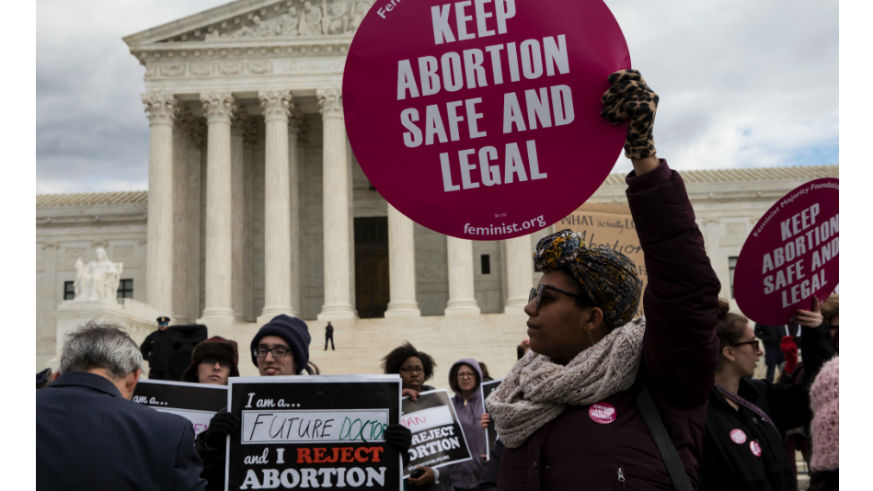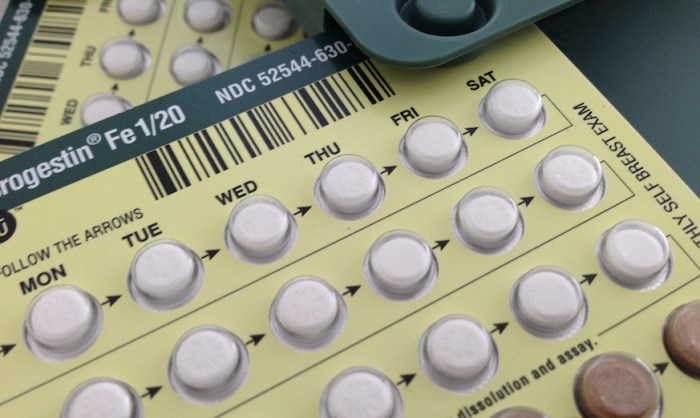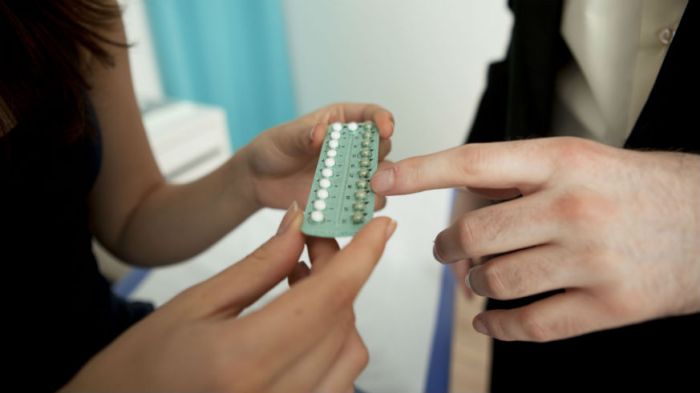On Tuesday, the U.S. House of Representatives passed the Pain-Capable Unborn Child Protection Act, a bill that bans abortions past 20 weeks gestation. The only exceptions are if mother’s life is threatened, or in cases of rape and incest — but only after the woman has received counseling and treatment at least 48 hours before the abortion.
“Very late term abortions are an extreme and barbaric practice,” Arizona Rep. Trent Franks, the bill’s sponsor, said in a statement. “The U.S. is only one of 7 countries on Earth, including North Korea and China, which allow elective abortions after 20 weeks.”
Can fetuses feel pain?
Why the 20-week benchmark? Lawmakers have different explanations for why babies can feel pain at that week. “As a doctor, I know and I can attest that this bill is backed by scientific research showing that babies can indeed feel pain at 20 weeks, if not before,” Louisiana Rep. Ralph Abraham said in a May 2015 abortion debate.
Representatives for Louisiana lawmaker Rep. Charles Boustany sent FactCheck.org several documents on his views, including a 2007 paper by Swedish neuroscientist Bjorn Merker that “demonstrated evidence that children born missing virtually all of the cerebral cortex nonetheless experience pain.” However, Merker later told the New York Times that his research “did not deal with pain specifically.”
Bill proponents also regularly cite the work of Kanwaljeet Anand, a professor of pediatrics, anesthesiology and neurobiology at the University of Tennessee Health Science Center. His research suggests that preterm newborns have a lower pain tolerance than full-term babies and older children, but in 2013 he told the New York Times that the “issue of fetal pain does not have much relevance for abortion.”
“…I really don’t have any data to suggest that that could be true, or the other way,” he testified to Congress in 2005 when asked if the pain possibilities translate to unborn fetuses.
When do fetuses feel pain?
The general consensus is that fetuses can start feeling pain during the third trimester, which starts between 27 and 28 weeks of gestation.
A 2005 synthesis of available evidence published in the Journal of the American Medical Association concluded that “Evidence regarding the capacity for fetal pain is limited but indicates that fetal perception of pain is unlikely before the third trimester.”
The JAMA review found that pain perception is unlikely until the connections form between the brain’s thalamus and the cortex somewhere between 23 and 30 weeks. Other studies cited in the review found that the capacity for “functional pain” in unborn fetuses “probably does not exist before 29 or 30 weeks.”
Other reports from the Royal College of Obstetricians and Gynaecologists in the United Kingdom and American Congress of Obstetricians and Gynecologists agree with the JAMA review.
“[S]upporters of fetal pain legislation only present studies which support the claim of fetal pain prior to the third trimester,” the ACOG wrote in 2012. “When weighed together with other available information, including the JAMA and RCOG studies, supporters’ conclusion does not stand.”
The difference between fetal pain and reflexes
Another common argument for the 20-week abortion ban is that fetuses can recoil when pricked by a needle used for amniocentesis as if trying to get away from the source. However, the JAMA review cites this more as a reflex that doesn’t involve the areas of the brain responsible for pain recognition.
“[F]lexion withdrawal from tactile stimuli is a non cortical spinal reflex exhibited by infants with anencephaly and by individuals in a persistent vegetative state who lack cortical function,” the researchers wrote.
Only about one percent of abortions take place after 21 weeks, according to Planned Parenthood, so a ban would affect only a small portion of abortions. However, the outcome is important for the women affected, no matter why they decide to do it.
“[P]oliticians would have you believe that women like me shouldn’t get to make the choice I made,” Meredith Isaksen wrote in a 2016 essay for The New York Times. “That our baby, despite his tiny misshapen heart and nonexistent aorta, should have a chance ‘to live,’ even though that life might have lasted mere minutes.”
“I can say without a shadow of a doubt that we made the right decision for our family — and that our government has absolutely no place in the anguish which accompanies a late-term abortion, except to ensure that women and their families have the right to make their choice safely and privately,” she added.


























